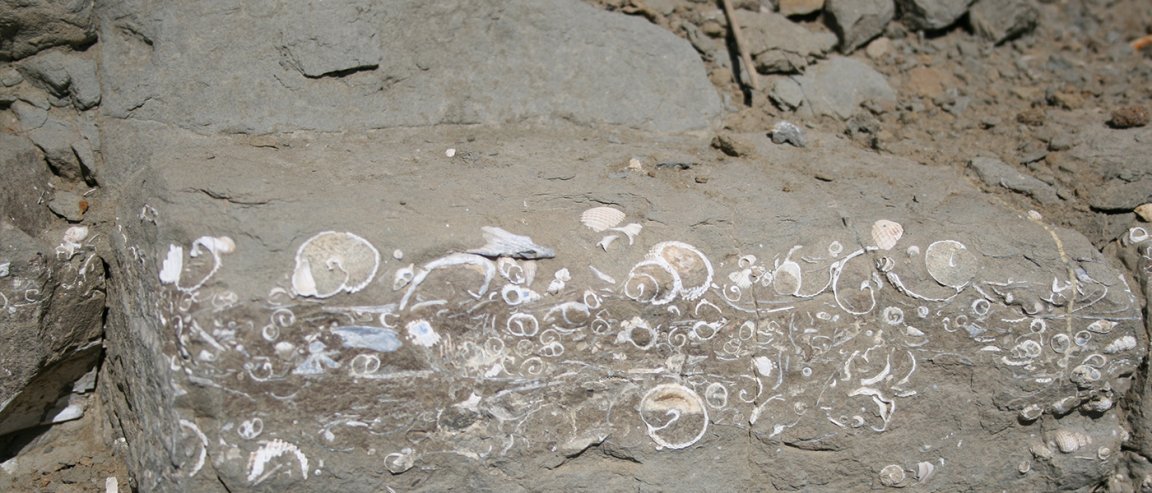
Magnetofossils
Fossils are one of the major ways scientists can have windows to what happened in the past. The biology and chemistry of ancient Earth is locked up in these primitive time capsules, giving great insight into what was going on millions of years ago.
Still, no one expected a case of ancient astronomy with the use of fossils. German scientists have found remnants of a supernova encased in the fossilized chains of “magnetofossils,” extracted from two Pacific Ocean sediment cores.
The study, published in Proceedings of the National Academy of Sciences, located traces of iron-60, a mildly radioactive kind of iron that supernovae expel in huge quantities. Naturally occurring iron-60 isn’t as common, so most traces found are normally attributed to supernova activity.
The iron-60 was found encased in biologically produced nanocrystals of magnetite. To be specific, they were created by microbes known as magnetotactic bacteria.

Ancient Explosions
The supernova that expelled the iron-60 is believed to have occurred at least 325 light-years away from Earth, around 2 million years ago.
These kinds of explosions are estimated to generate massive amounts of iron-60—five to 10 times the mass of the sun. Natural processes that generate iron-60 only make up to one-tenth as much, which is why supernovae are the most likely source when the isotope is found in the Earth or on the moon.
The timing of the supernova is particularly interesting. Iron-60 first appears in the core samples around 2.6 million – 2.8 million years ago, bombarding the Earth for nearly 800,000 years. This corresponds with an extinction event which occurred in that timeframe, affecting mollusks such as marine snails and bivalves. There was also a global cooling at the same time.
This leads to the question of whether the supernova and the extinction event are related or a mere coincidence.